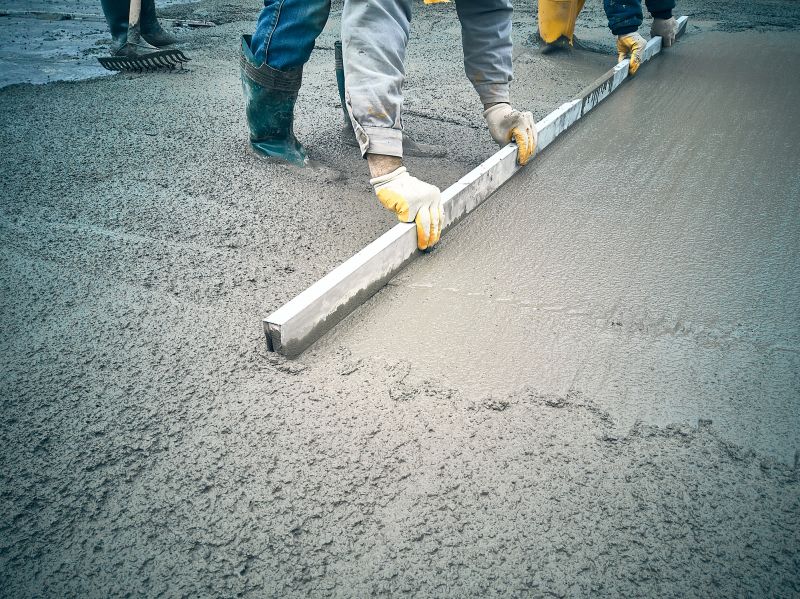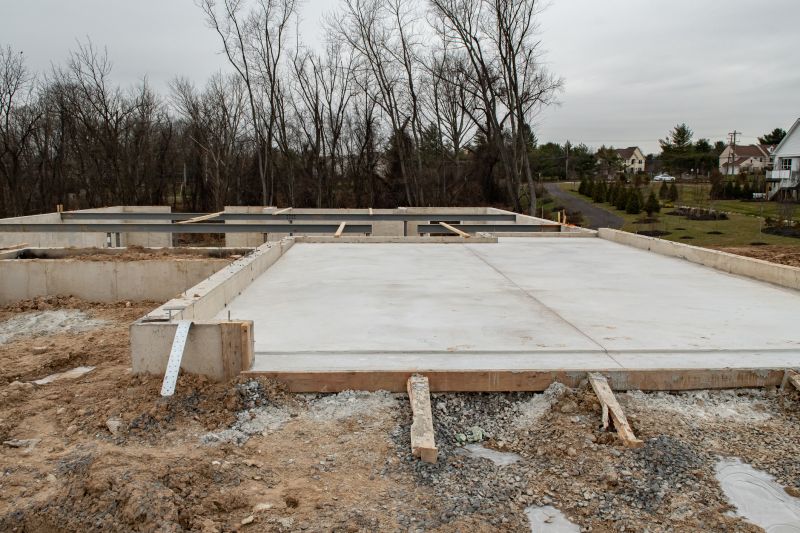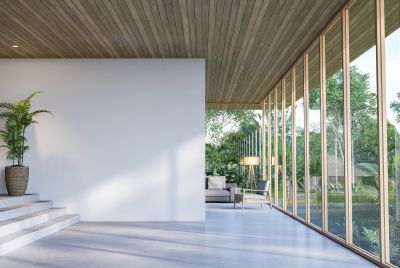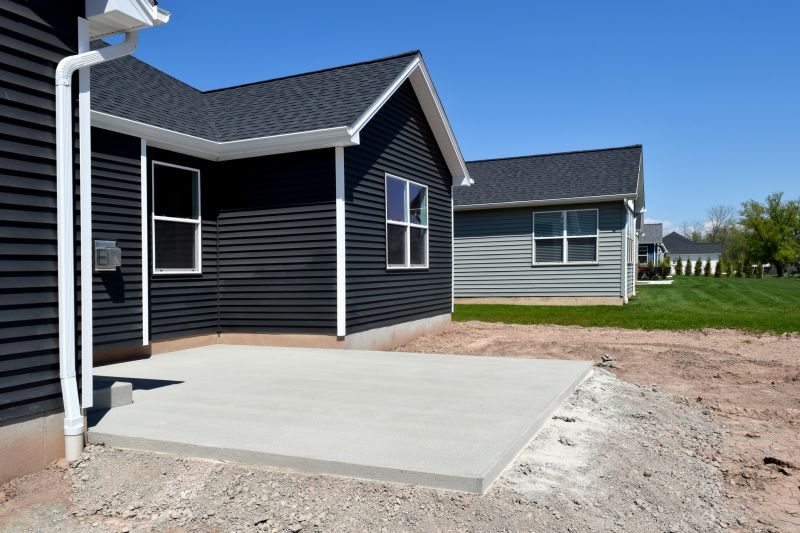Optimal Timing for Concrete Installations
Concrete installations require careful planning to ensure durability and quality. The timing of installation plays a crucial role in the longevity and performance of concrete structures. Proper scheduling considers weather conditions, temperature, and humidity levels to achieve optimal results.
Spring and fall are generally the best seasons for concrete installations due to moderate weather conditions, reducing the risk of cracking and setting issues.
Concrete should be installed when temperatures are between 50°F and 85°F. Extreme cold or heat can affect curing and strength development.
Rain, snow, and high humidity can interfere with the curing process, leading to weaker concrete and surface defects.
Scheduling during optimal conditions enhances the durability, appearance, and structural integrity of concrete installations.

A crew pouring concrete during favorable weather conditions ensures proper curing and strength.

Spring offers optimal temperatures for concrete work, reducing risks associated with cold or hot weather.

Fall provides cooler temperatures and less humidity, ideal for durable concrete setting.

Ways to make Concrete Installations work in tight or awkward layouts.

Popular materials for Concrete Installations and why they hold up over time.

Simple add-ons that improve Concrete Installations without blowing the budget.

High-end options that actually feel worth it for Concrete Installations.

Finishes and colors that play nicely with Concrete Installations.
| Season | Best Practices |
|---|---|
| Spring | Ideal for new projects; moderate temperatures and lower humidity. |
| Summer | Requires precautions against high heat; early morning or late afternoon work. |
| Fall | Optimal conditions; cooler temperatures and less rain. |
| Winter | Not recommended unless heated enclosures or special mixes are used. |
| Rainy days | Avoid scheduling; wait for dry weather to prevent surface defects. |
Concrete installation involves mixing, pouring, and curing processes that are sensitive to environmental conditions. Proper timing ensures that the concrete achieves its designated strength and durability. Delays or poor scheduling can lead to issues such as cracking, surface scaling, or reduced structural integrity. Accurate planning based on seasonal and weather patterns helps in avoiding these common problems.

Springtime provides favorable weather for durable concrete installation.

Proper curing in fall ensures long-lasting results.

Special precautions are necessary to manage high temperatures.

Cold weather requires additional measures for successful installation.

Little measurements that prevent headaches on Concrete Installations day.

A 60-second routine that keeps Concrete Installations looking new.

A frequent mistake in Concrete Installations and how to dodge it.

Small tweaks to make Concrete Installations safer and easier to use.
Choosing the right time for concrete installation can significantly influence the quality and longevity of the finished structure. Consulting with experienced professionals helps determine the most suitable scheduling based on local climate conditions and project requirements.
Professional advice can assist in selecting the best time for concrete projects.
Keeping an eye on weather forecasts aids in planning concrete work effectively.
Adjustments in mix design and curing methods can mitigate seasonal impacts.
Proper timing and planning contribute to a resilient and durable concrete structure.
Interested parties are encouraged to contact professionals to discuss the best timing for their specific concrete installation needs. Proper scheduling ensures optimal results and long-lasting performance of concrete structures in Bay City, MI.
